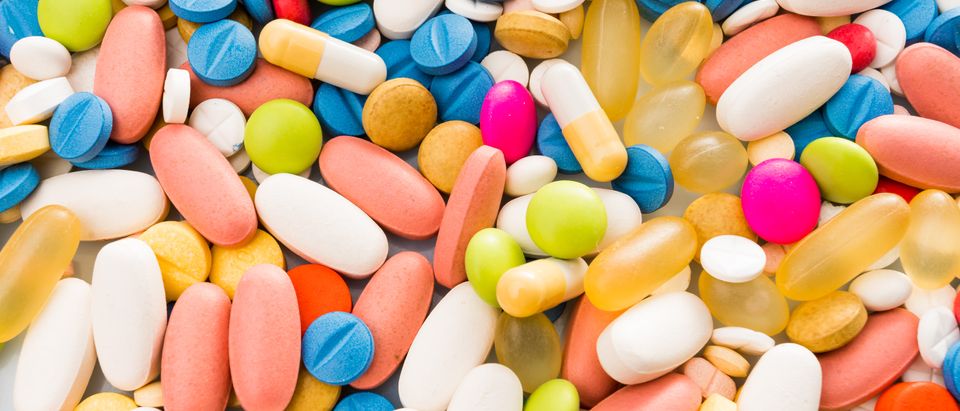Less than 2 percent of Americans take biologic drugs, but they account for 40 percent of prescription drug spending in the United States, Food and Drug Administration Commissioner Scott Gottlieb said Wednesday.
“We know that biologics are used to treat many serious and life-threatening diseases. They’ve become a mainstay in the treatment of cancer and autoimmune conditions,” Gottlieb said in a statement prepared for a Brookings Institution speech.
“They’re also expensive. While less than 2 percent of Americans use biologics, they represent 40 percent of total spending on prescription drugs … Biologics represent 70 percent of the growth in drug spending from 2010 to 2015.”
Unlike most conventional drugs, biologics can’t be chemically synthesized in a lab or factory. They are produced from living organisms or contain byproducts or parts of living organisms. Therefore, they are costly to produce and replicate. (RELATED: Trump Delays Pfizer Drug Price Increases)
Generics, or non-name brand identical copies, have brought down the price of most conventional drugs. After a name-brand drug’s patents expire, multiple generic manufacturers can produce copies of the original drug for a fraction of the price. For example, if two generic manufacturers enter the market, the average price of the generic drug is 48 percent lower than the original name brand, according to the FDA.
Biologics are extremely hard to produce, so the closest to a “generic” copy that most manufacturers get is a biosimilar, or a drug that is similar to the original biologic, but not exactly the same. This means they require more rigorous testing and research than simply copying the original drug.
Biologics and biosimilars haven’t benefitted from the price drops that generics bring to traditional drugs because of the costly research and complicated process required to make them.
Barriers to entry put up by original biologics also prevent biosimilars from coming to market. Biologics manufacturers provide “lucrative volume-based rebates” on bundles of products or large volumes of biologics to distributors and Pharmacy Benefit Managers, or the middlemen between prescription manufacturers and consumers, according to Gottlieb.
There are also legal challenges to biosimilars. Many biologics manufacturers sued biosimilar producers for copyright infringement. This prevented the cheaper biosimilars from coming to market and kept prices high.
The FDA released a biosimilars action plan Wednesday, outlining ways to make it easier to bring biosimilars to market. One of the steps is collaborating with foreign regulatory authorities in order to share data and increase efficiency for biosimilar research.
The plan also directs the FDA to standardize its review of biosimilars, increasing efficiency in research and approval.
To keep biosimilar manufactures from being sued, the FDA plans to provide guidance to manufacturers on how to “carve out indications from their labels where a branded drug maker might still maintain some IP.” In other words, the FDA will teach biosimilar makers how not to get sued.
“Enabling a path to competition for biologics to biosimilars is a key to reducing costs and to facilitating more innovation,” Gottlieb said. “And our new plan is aimed at laying the groundwork for these and other reforms, to make sure we’re realizing these public health opportunities.”
Follow Julia Cohen on Facebook and Twitter.
All content created by the Daily Caller News Foundation, an independent and nonpartisan newswire service, is available without charge to any legitimate news publisher that can provide a large audience. All republished articles must include our logo, our reporter’s byline and their DCNF affiliation. For any questions about our guidelines or partnering with us, please contact licensing@dailycallernewsfoundation.org.


